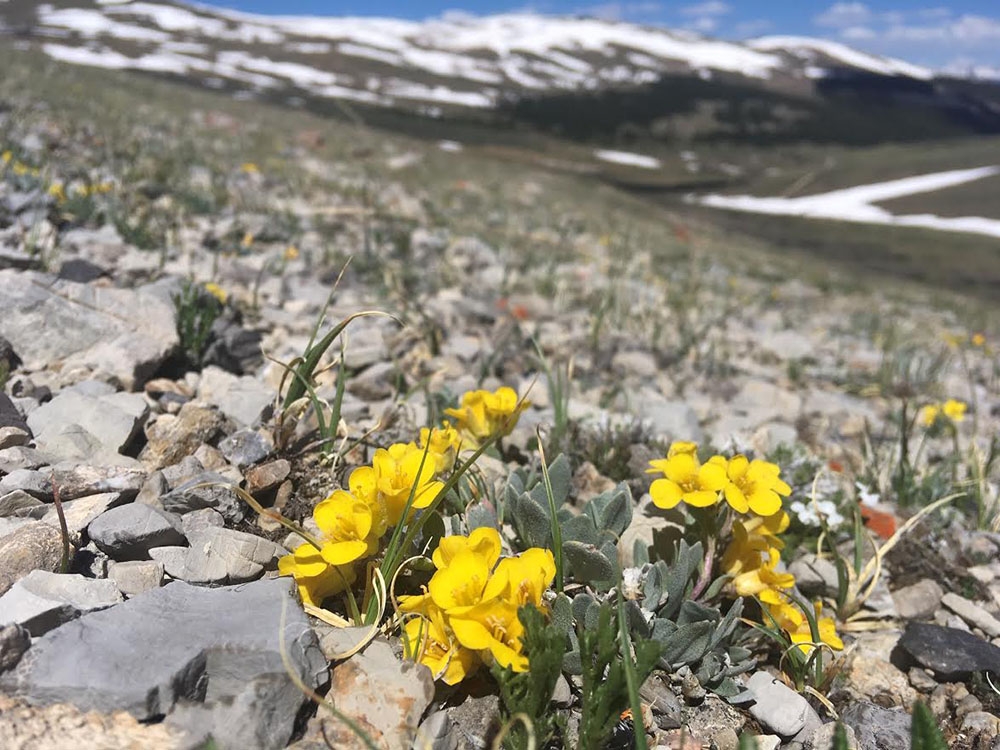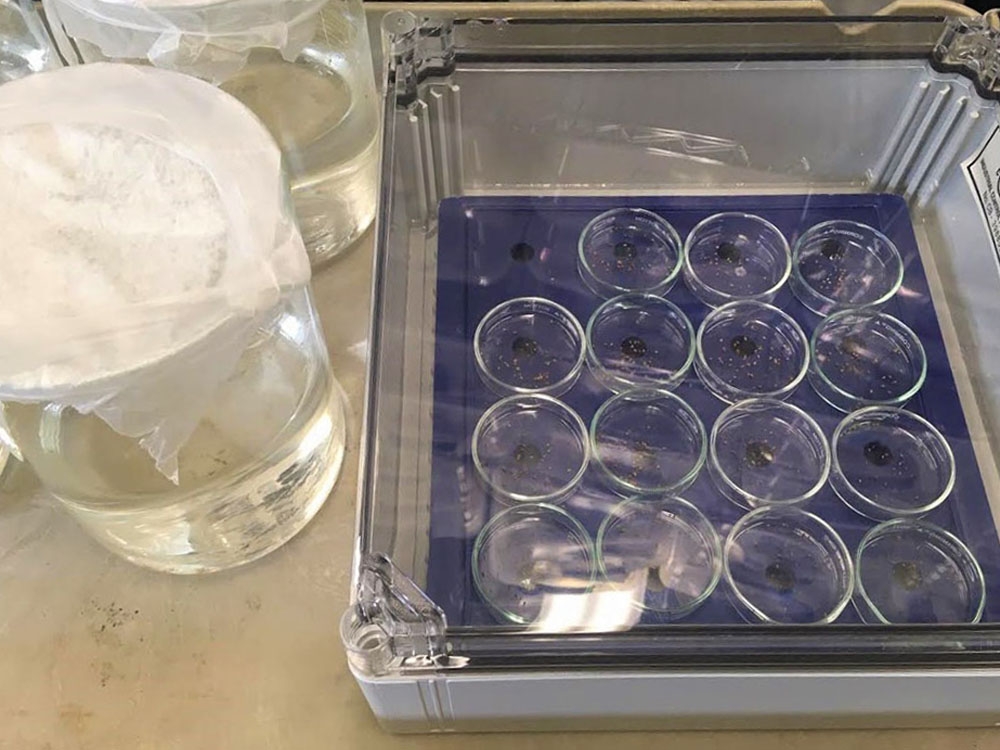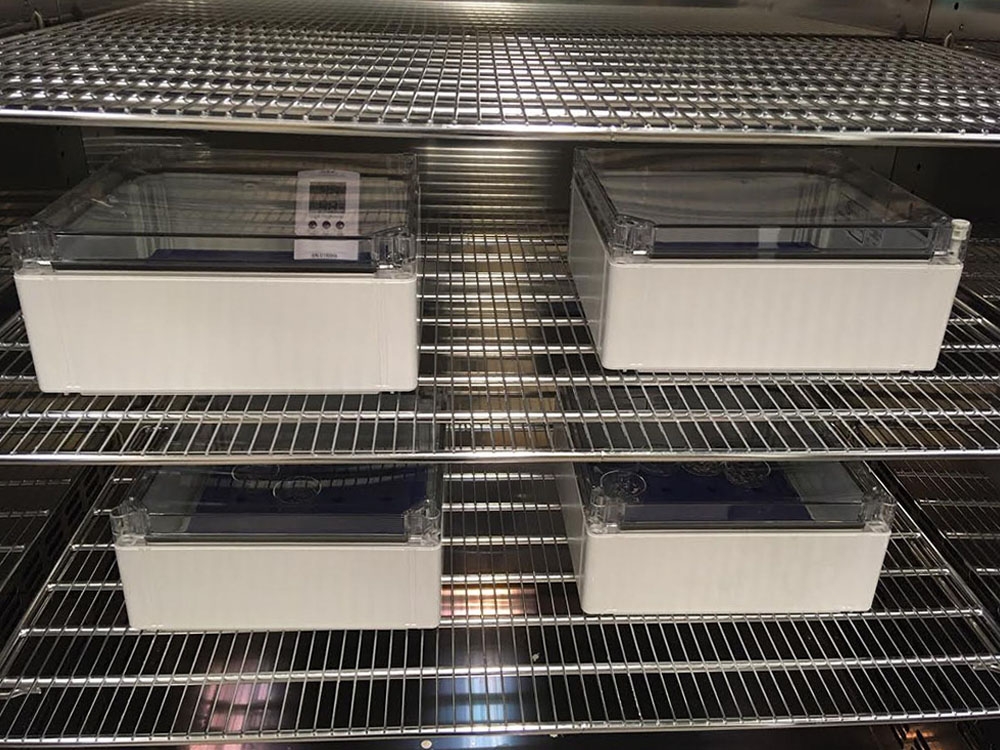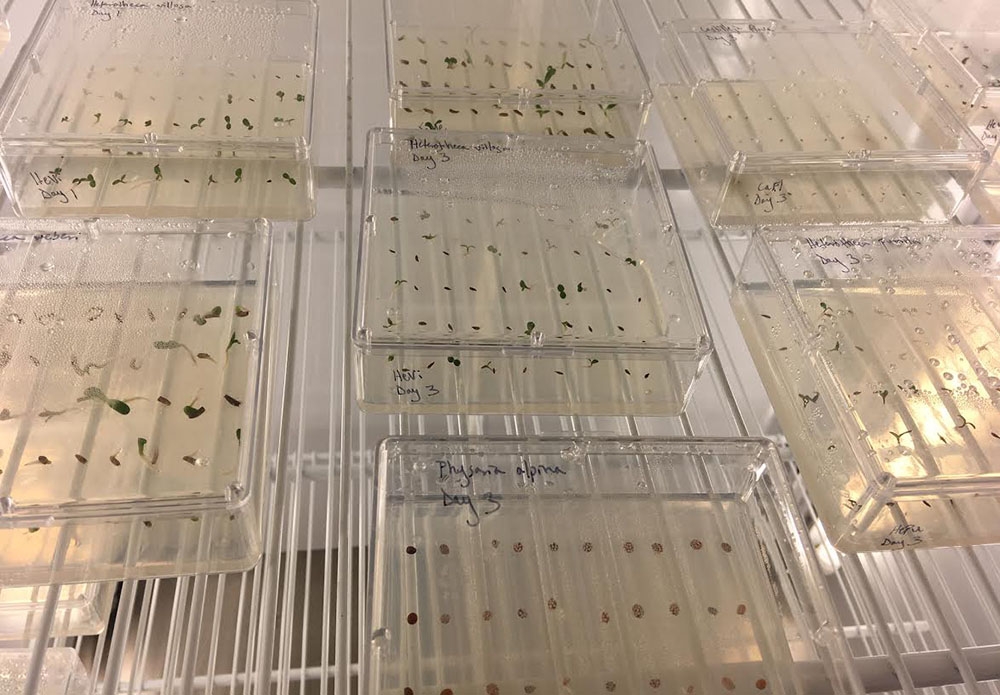Can alpine species “bank” on conservation?
Imagine having your body frozen and being revived decades later to continue your life in society. Would it be expected that you should easily integrate despite the drastic changes that have taken place? Would you have health effects that could limit your quality of life? Conserving seeds in seed banks is essentially the same concept – seeds are stored at subzero temperatures to slow the internal functions and loss of viability, which allows the seeds to be used in future restoration or reintroduction projects. But in the same way that we would expect a human to have side effects from being frozen or have trouble adjusting to life decades later, we might expect the same of a seed.
Seeds of some species can survive for hundreds of years in a seed bank with no reported ill effects on germination, growth or survival. However, many species can’t survive for extended periods of time, or even at all, in a seed bank. The Gardens collects seeds of native Colorado flora to conserve species ex situ (outside of the wild) and in recent years have made a concerted effort to include alpine species in our seed collections.
However, recent studies from Italy and Australia have shown that alpine species are short-lived in seed banks compared to low elevation species. Through an Institute of Museum and Library Services grant, I am using accelerated ageing experiments to determine if alpine species in Colorado exhibit this same behavior. Seeds are placed in an airtight box with a lithium chloride solution, which is used to raise the relative humidity of the seeds at a high temperature (113°F). This process accelerates the loss of viability of the seeds, simulating storage time in a seed bank. Seeds are taken out at regular intervals over the course of 100 days and placed in previously determined germination conditions. The results can then be compared to species with known longevity in a seed bank, which allows us to understand if species are short-lived or long-lived in ex situ storage conditions (-4°F).
If we do discover that Colorado alpine species are short-lived in seed banks, we will want to determine how we can better conserve these species. This may mean taking the seeds out of the seed bank every few years to grow them up and rear the plants in the greenhouse or outplant them to their native habitat.
Gallery




Add new comment